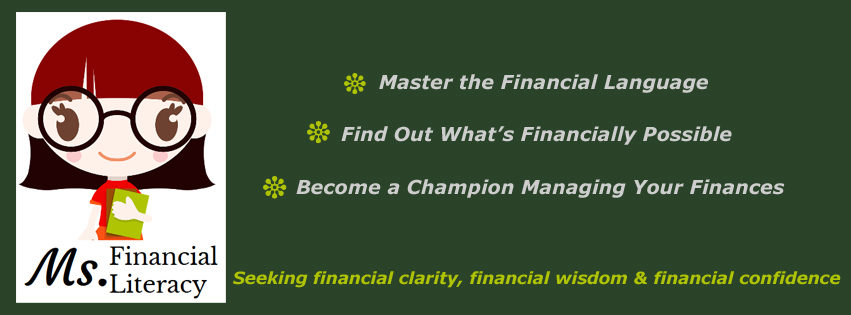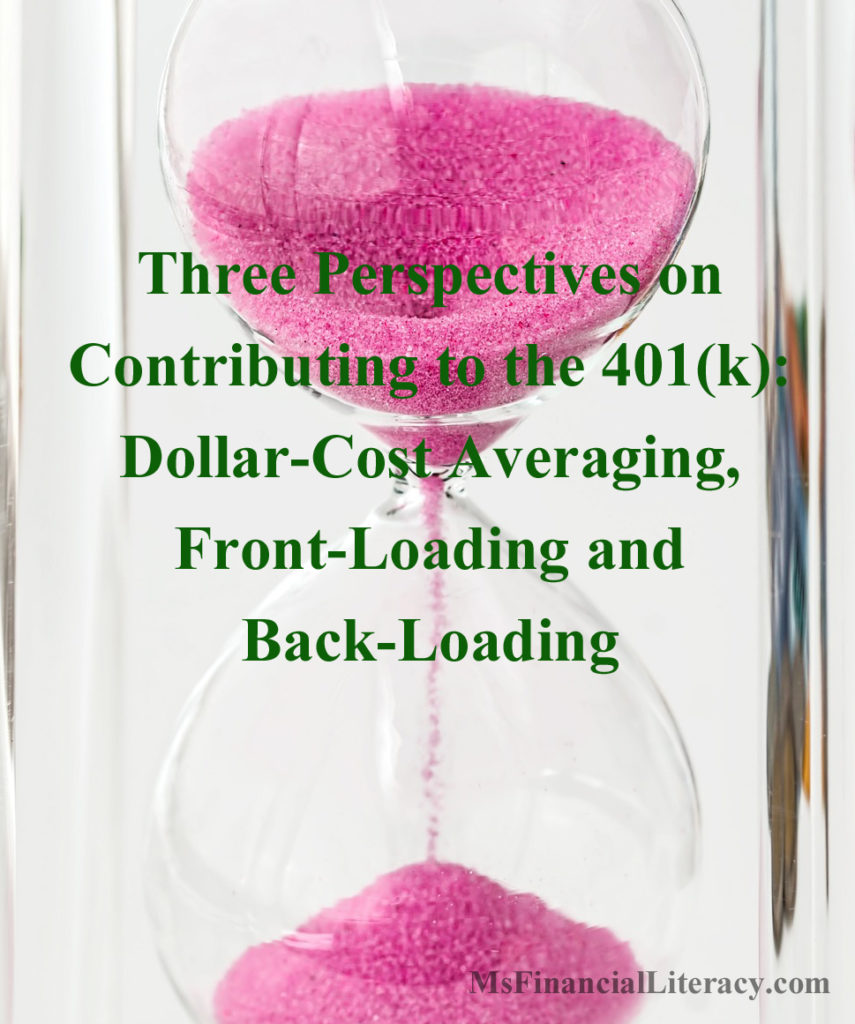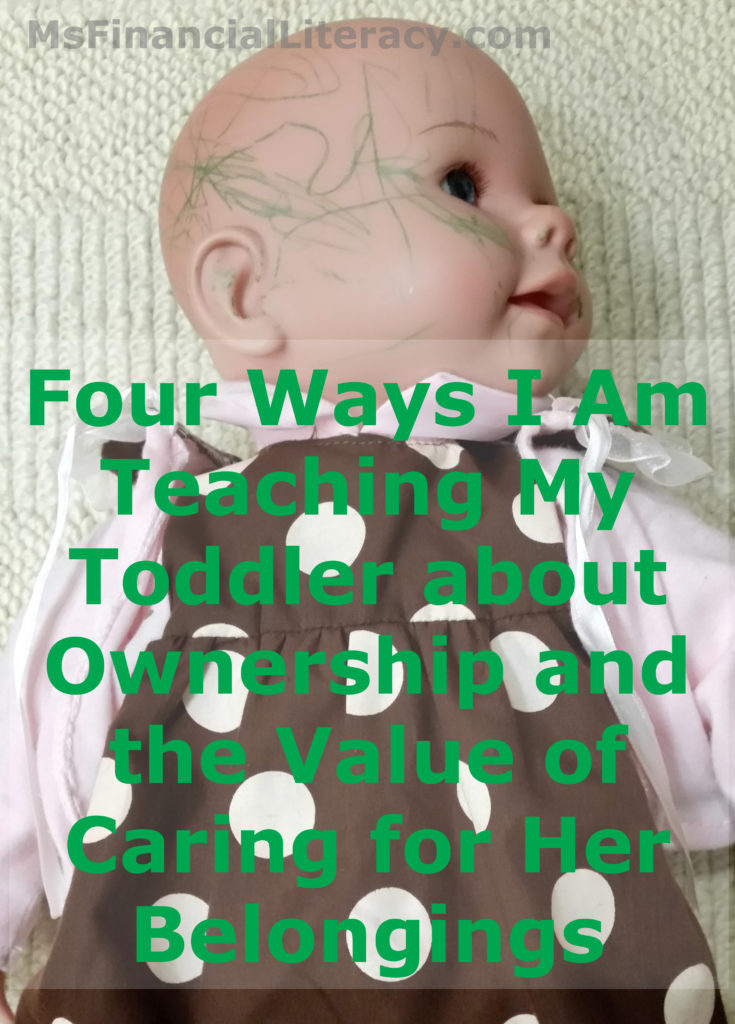One way to save money while shopping online is to start on a cashback site. You are going to make the purchases anyway, why not get a little something back at the same time? These types of sites develop relationships with retailers and get paid to refer customers (they earn a small commission of each purchase you make when you use their direct link to visit a merchant). The sites then share a portion of their referral revenue with you.
In some cases, you might earn a bonus (such as $5 or $10) just for signing up and making a qualifying purchase. You can also apply coupons displayed on the merchants’ websites ON TOP OF the cash back to stack your savings! If you happen to shop during the holidays, lookout for retailers that offer double or triple cash back. Sometimes the cashback amount can be up to 10%. To me, that’s a very great deal. It’s like saving on taxes and some more while shopping through these cashback sites.
How Cashback Programs Work
Rather than going directly to a retailer’s website, you would first log in to your preferred cashback site, search for the store you want to shop at (if the store is a participating merchant, you’d see the amount of cash back being displayed), click on a link that would take you to that merchant’s site (your click-through from the cashback site activates a code in the merchant’s shopping cart that will make sure that you are credited with the cash back), and then complete your shopping as usual. After the cashback site verifies your transaction, the earnings get approved (cash back typically show up in your account within few days). This earning is based on the dollar amount of your purchase and the cashback offer at the time of purchase.






